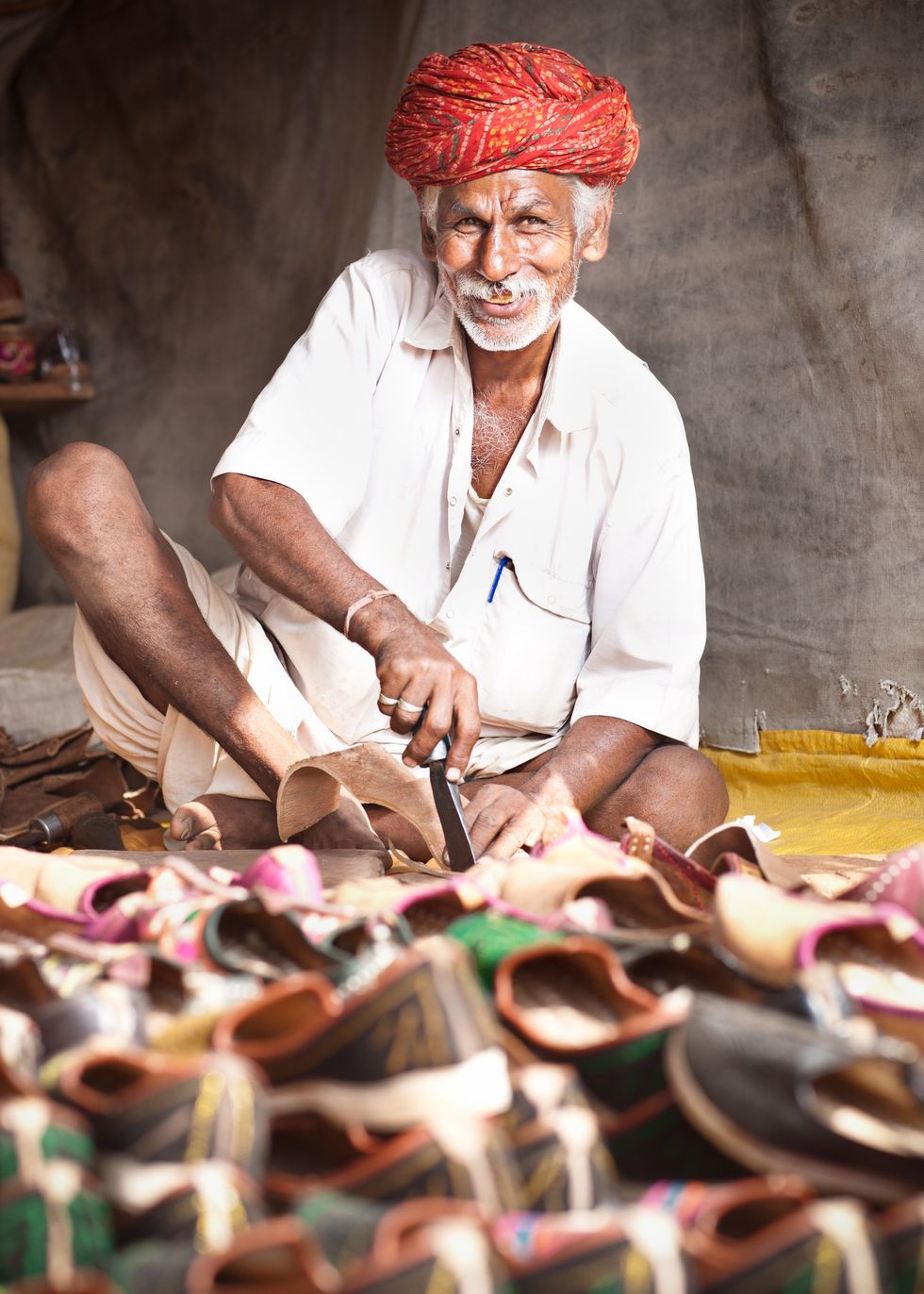BREAST CANCER SURVIVOR REENA PARMAR SHARES HER INSPIRING STORY
by ASJAD NAZIR
After a turbulent time, Reena Parmar was given the all-clear from triple-negative (genetic) breast cancer in early 2019.
Now the talented hair-makeup artist, teacher and accessory designer is enjoying a new lease of life and using this opportunity to spread awareness about early cancer detection along with being a positive role model. Reena shared her inspiring journey of despair, pain, extreme heartache and being strong enough to find the light at the end of a very dark tunnel with Eastern Eye.
Reena spoke about how her perfect world got shattered and how she picked up the pieces.
Reena was creative growing up and started her own business as a hair and makeup artist in 2008. “I was inspired to start my business after the tragic loss of my beloved oldest brother Viresh, who was so artistic. After he committed suicide and left a void in my heart forever, I decided to follow my creative passion,” said Reena.
She enrolled in various courses while pursuing a law degree and began a successful beauty career working in everything from media to making brides look beautiful.
Reena weathered professional storms and even proposed to her now husband Mitul Patel in Amsterdam. She had a dream wedding with him in Santorini in Greece in May 2016 and everything was going great, but then, four months later, her mother passed away from gallbladder cancer in October 2016. “To lose another family member was very tough and I felt life couldn’t get any worse. I was determined not to give in to the depression I suffered after my brother died and we, as a family, collectively supported one another, and celebrated the life of my mother Renuka. She was an amazing, strong woman and a great inspiration. I feel extremely lucky to have had her as a role model.”
Just when things started to get back on track, in May 2018, she found a lump in her breast and lost her father-in-law to a heart attack shortly after. Then a month later, she was given the devastating triple-negative breast cancer diagnosis, which is a genetic form of the disease.
Reena recalled that moment and said: “I remember the nurses were more upset than me, especially because I was young and hadn’t had children yet. I was in shock, but didn’t cry. I just listened and later when we were walking to the car, I thought how am I going to tell my brother and father I have cancer. I didn’t care about myself at that point, I thought how it would hurt them.”
Although her emotions were all over the place, Reena somehow tried to remain positive to prevent herself from completely falling apart. She admits it was difficult dealing with so much all at once, but bravely carried on for the sake of her family. “I had to go through chemotherapy which was tough and lost all my hair, though it is growing back great now. I thought I was going to lose my identity without any hair, eyelashes and eyebrows. But I soon found out that my hair isn’t what defines my identity or me. My husband says to me that my beauty shines through in my features with or without the hair. His love got me through it.”
Having lost her hair, Reena had fun with wigs and started an online blog along with an Instagram page to raise more awareness about cancer to help others.
One of the main messages she has been conveying is that early detection is crucial and says it saved her life. “Going through so much loss made me appreciate what I have even more and it has given me a new lease of life. And my creativity is booming. I’m like Wonder Woman, wondering what will I do next. I am more than content with life now. I miss my brother, mother and father-in-law immensely, but deal with life in a new way. My husband has been my rock and made our love and marriage even stronger.”
After having gone through painful treatment and getting the all-clear, she reveals how unbearably difficult the whole ordeal has been on her husband.
But Reena’s strength and positivity helped him, including dealing with the loss of his father. “Don’t get me wrong. I had days when I cried and was absolutely miserable. There were days I felt like giving up, especially when I had my first couple of chemotherapy sessions. But I realised that I’m stronger than I thought. But these bouts of difficulties were soon released from me and I was able to have many more happy times despite my cancer and any difficulties.”
The thought of helping others also helped her get through those difficult times when the brutal chemotherapy was happening. “When you have cancer, it’s easy to feel sorry for yourself and get locked in a shell. To feel like no one understands, to hideaway, to have fear and to even become selfish to a point that the world is all about you.”
Reena recently had a double mastectomy and reconstruction to better her chances of life as having genetic breast cancer means she is more likely to get it again.
She is currently recovering well and the chances of her getting cancer again are down to three per cent. “Thankfully, it’s not painful and I feel completely fine about the whole situation. I see it as being part of the process. I managed to stay positive throughout the whole ordeal and I’ve come out of it strong-minded and more positive than ever. And I’m cancer-free now. Now I want to use this illness to help others and prevent them from going through what I went through. I am a strong believer in letting my emotions out and not pitying my situation. I’m alive after all, I have so much to be thankful for.”
Reena is proud of herself for having come out even stronger than before and today feels fearless. “I live my life with more love than ever. I will continue to offer my love and support and bring awareness to cancer, but will also offer my creative love through my business and support others. Positivity is key to everything and has offered me the strength I needed.”
www.littlec31me.com and Instagram: @littlec31me





 Prada confirms Kolhapuri chappals inspired its 2026 Milan collectionInstagram/
Prada confirms Kolhapuri chappals inspired its 2026 Milan collectionInstagram/ Kolhapuri chappals have been crafted for centuries and received GI tag in 2019 iStock
Kolhapuri chappals have been crafted for centuries and received GI tag in 2019 iStock 








 Wintour also became synonymous with the Met GalaGetty Images
Wintour also became synonymous with the Met GalaGetty Images


 Your hair benefits from sun protection tooDimps Sanghani
Your hair benefits from sun protection tooDimps Sanghani Both chlorine and saltwater strip hair of natural oils, leaving it brittleiStock
Both chlorine and saltwater strip hair of natural oils, leaving it brittleiStock Using too many styling products in hot weather can weigh hair down and attract grimeiStock
Using too many styling products in hot weather can weigh hair down and attract grimeiStock